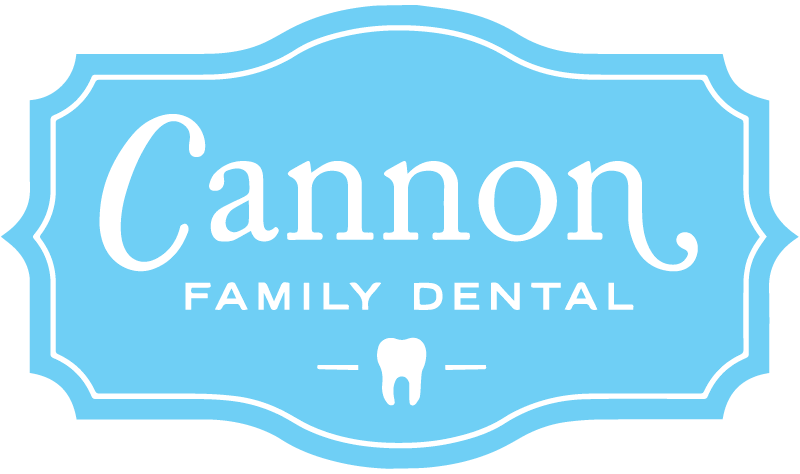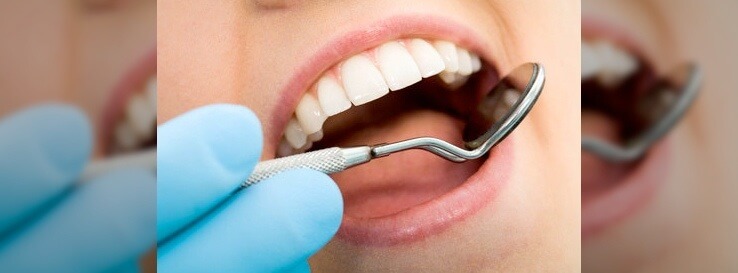Does Teeth Whitening “Soften” Teeth?
Patients I meet with are often interested in whitening, or bleaching their teeth. In this article I would like to address what contributes to teeth color, how whitening procedures can affect teeth, and the frequent question: does whitening “soften” teeth?
What gives teeth their color?
Dentin: Anatomically, teeth are comprised of dentin and enamel. The enamel is the visible, outer portion of the teeth. Enamel is translucent, meaning it shows underlying color. Because the dentin layer of the teeth is more yellow than the translucent enamel our teeth color is partially determined by the deeper dentin color. As we age the color of our dentin can darker, causing our teeth to be yellower.
Foods/drink: Coffee, tea, wine, cola drinks, cranberry juice, popsicles and slushies, soy sauce, balsamic vinegar, tomato sauce, blueberries, beets, curry, can discolor teeth (http://www.everydayhealth.com/photogallery/12-foods-that-stain-teeth.aspx#/slide-14). It has also been reported that apples and potatoes can discolor teeth.
Poor dental hygiene: If we don’t brush and floss well or frequently enough a bacterial film called plaque will form. This film readily retains food colors causing coffee (and other foods and drinks mentioned earlier) to discolor teeth.
Disease: Celiac disease (http://celiac.nih.gov/DentalEnamel.aspx), and any disease that affects the development of enamel in children (during infancy, early childhood, or even in the womb) can lead to teeth discoloration.
Medications: Chlorhexidine and Periomed mouthrinses can discolor teeth. Benadryl, chemotherapy for cancer treatment, tetracycline, medications for high blood pressure and antipsychosis also cause teeth staining.
Dental Materials: Amalgam, or silver fillings can cause a dark gray discoloration to teeth.
Genetics: Some people have thicker or thinner enamel. Because of enamel translucence thinner enamel will leave teeth more yellow as the darker dentin shows more readily.
Environment: Fluoride in the right dose is good for our teeth by reducing the risk of cavities. But in high doses fluoride stains teeth. Fluoride is found naturally in water. Fluoride should be removed from water in communities where the natural fluoride content is too high. In Davis County, Utah, the ideal fluoride water concentration should be 0.7 ppm (part per million). Because fluoride does not reach that ideal concentration, it is added to the water. But this low dose will not stain teeth.
Other fluoride applications such as prescription strength fluoride toothpastes and rinses can stain teeth if used too frequently.
Trauma: If a tooth is impacted, knocked, or bumped it can discolor. Infants learning to walk have frequent falls, sports injuries, traffic accidents, skateboard or bicycle accidents, trampolines, and school playground accidents call all injure teeth, causing a traumatized tooth to turn a darker yellow or gray color.
How can whitening procedures affect teeth?
A chemical method of whitening teeth involves applying carbamide or hydrogen peroxides. These peroxides undergo and oxidative process that ultimately breaks up staining that has penetrated teeth. Once the stains are broken up, the teeth will be whiter.
Does teeth whitening “soften” teeth?
Acids contribute to cavity formation and tooth wear. Teeth whitening products (hydrogen and carbamide peroxide) can technically be called an acid. But in all practicality teeth whitening products are not considered acidic because they are so weak.
In a study published in the Journal of the American Dental Association (JADA) June 2012 titles The effects of home-use and in-office bleaching treatments on calcium and phosphorus concentrations in tooth enamel, the authors conducted tests applying different concentrations of teeth whitening products. They concluded that home-use and in-office bleaching gels did not alter the concentrations of calcium and phosphorus on enamel surfaces in vivo. This supports the evidence that bleaching does not damage or affect teeth negatively.
Bleaching does not “soften” teeth and is a very safe procedure when done under the directions of your dentist and with proper instruction.

